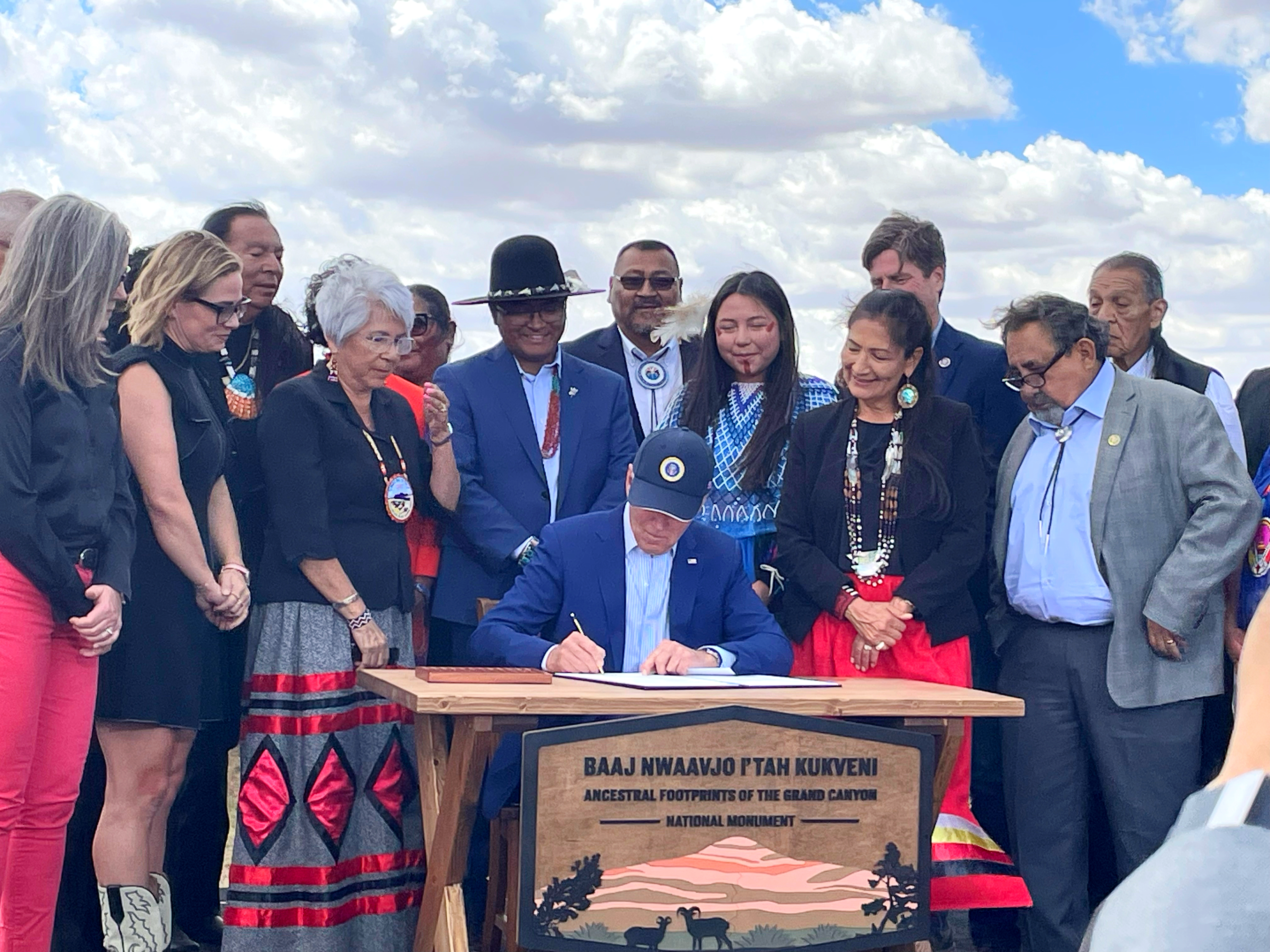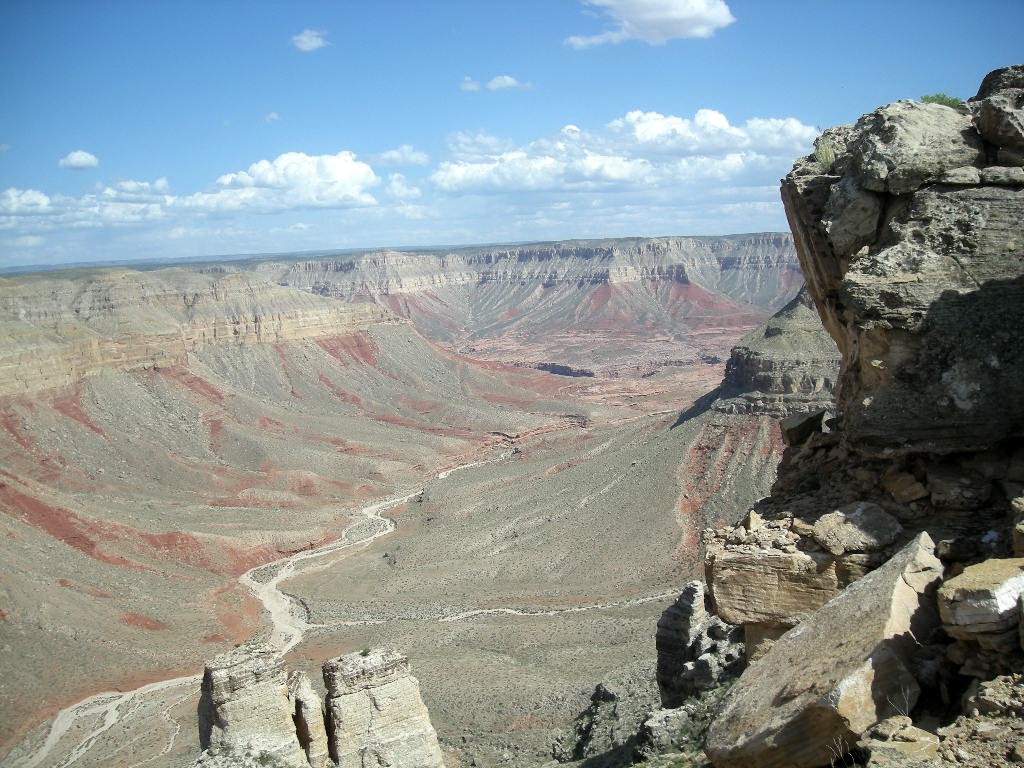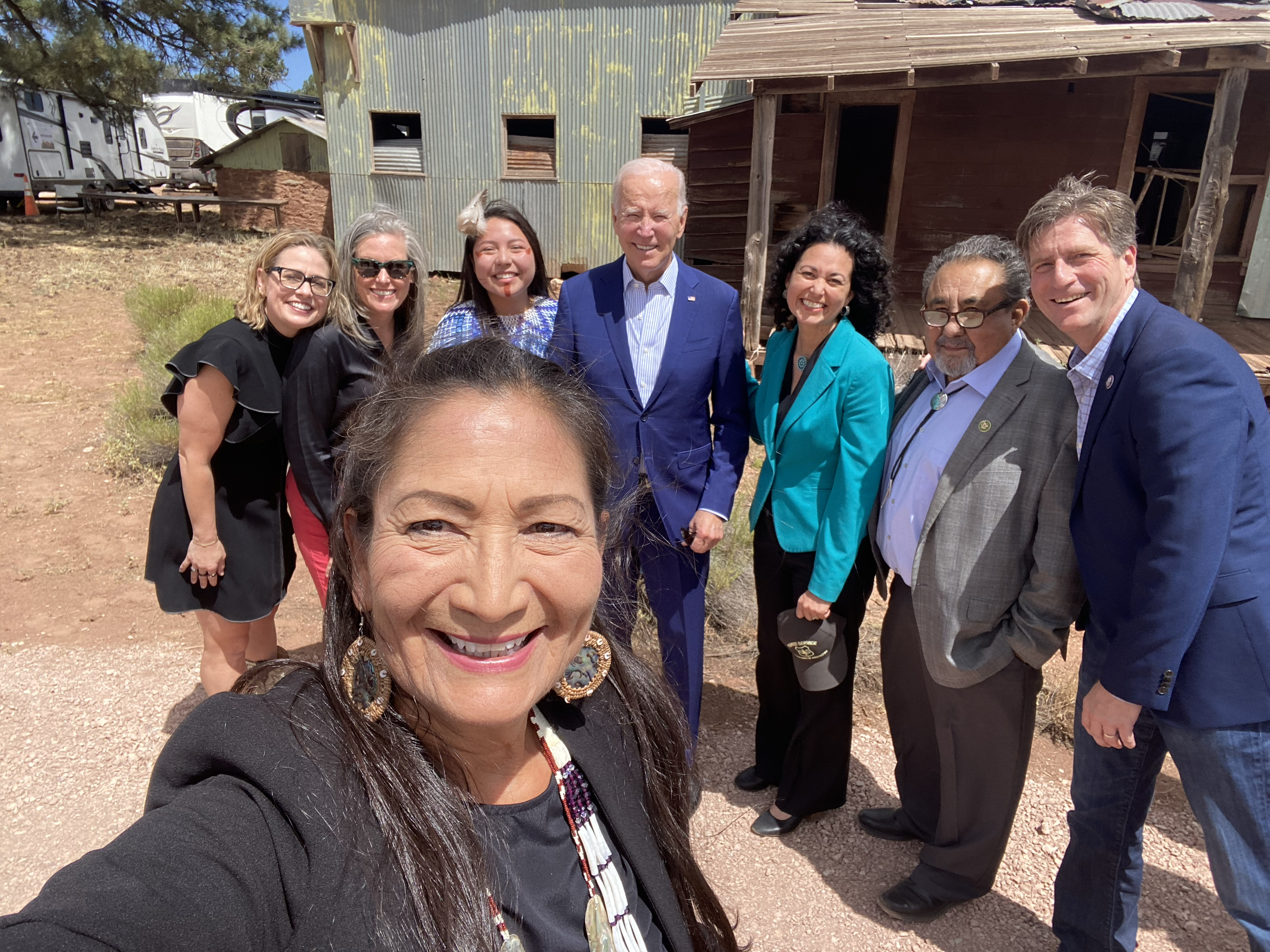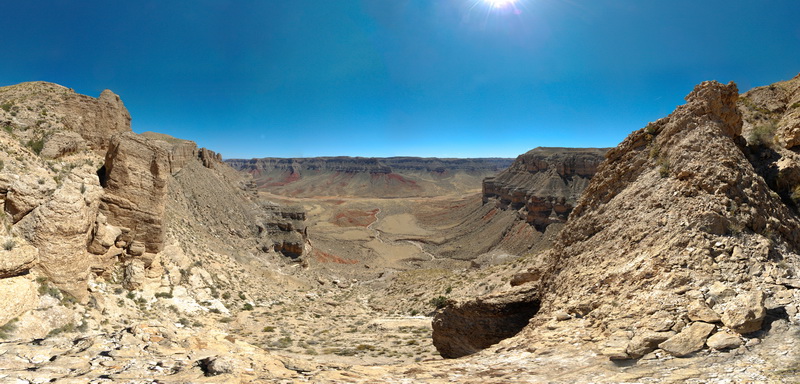Last week marked President Joe Biden’s fifth designation of a national monument, setting aside nearly 1 million acres as the Baaj Nwaavjo I’tah Kukveni—Ancestral Footprints of the Grand Canyon National Monument in Arizona.
President Biden’s proclamation was made possible pursuant to his powers under the Antiquities Act of 1906 to protect “objects of historic or scientific interest that are situated on lands owned or controlled by the Federal Government.” As the only federal agency whose sole mission is historic preservation, the ACHP works with the White House and federal agencies to protect sacred and cultural sites and landscapes, including those significant to Indian Tribes and Native Hawaiians. Every day this week, the ACHP will highlight a new national monument.
The Baaj Nwaavjo I’tah Kukveni—Ancestral Footprints of the Grand Canyon National Monument is significant to the Havasupai Tribe, Hopi Tribe, Hualapai Tribe, Kaibab Band of Paiute Indians, Las Vegas Paiute Tribe, Moapa Band of Paiutes, Paiute Indian Tribe of Utah, Navajo Nation, San Juan Southern Paiute Tribe, Yavapai-Apache Nation, Pueblo of Zuni, and the Colorado River Indian Tribes.
The proclamation President Biden signed on August 8 creating this new national monument included a provision not often seen. It will be co-managed with the 13-Tribe coalition that advocated for the designation.
“Establishing the Baaj Nwaavjo I’tah Kukveni–Ancestral Footprints of the Grand Canyon National Monument honors our solemn promise to Tribal Nations to respect sovereignty, preserves America’s iconic landscapes for future generations, and advances my commitment to protect and conserve at least 30 percent of our nation’s land and waters by 2030,” President Biden said in a statement.



